Table of Contents
Introduction
According to the American Heart Association, reducing sodium intake to less than 2,300mg daily can significantly lower risks of high blood pressure and heart disease. If you're managing sodium intake for health reasons, finding flavorful alternatives to salt is essential. This guide provides evidence-based recommendations from health authorities and practical culinary tips to help you replace salt without compromising taste.
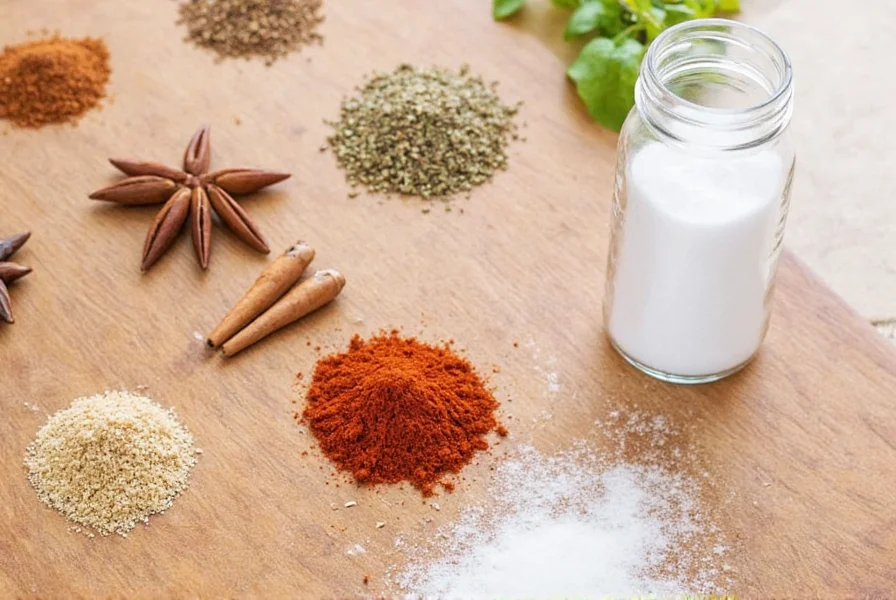
Why Salt Matters and Why You Might Want Alternatives
Salt plays a critical role in balancing flavors and preserving food, but excessive sodium intake is linked to serious health conditions. The Centers for Disease Control and Prevention reports that 90% of Americans consume more sodium than recommended. Health authorities advise reducing sodium for cardiovascular health, especially for individuals with hypertension or kidney disease.
Evolution of Sodium Guidelines: Key Milestones
Public health recommendations have evolved significantly as research on sodium's impact has advanced. These evidence-based shifts reflect growing scientific consensus:
- 1977: U.S. Senate Committee first recommends sodium reduction (3,000mg daily limit) based on early hypertension studies. Source: Dietary Goals for the United States (1977)
- 2005: Dietary Guidelines establish 2,300mg as upper limit for healthy adults. Source: 2005 Dietary Guidelines for Americans
- 2010: Institute of Medicine recommends 1,500mg ideal limit for high-risk groups. Source: Dietary Reference Intakes (2010)
- 2019: AHA reaffirms 2,300mg maximum with 1,500mg ideal target. Source: AHA Scientific Statement (2019)
Proper spice storage and strategic use of alternatives can help maintain flavor while reducing sodium. These techniques are scientifically supported by culinary research and nutrition guidelines from authoritative health organizations.
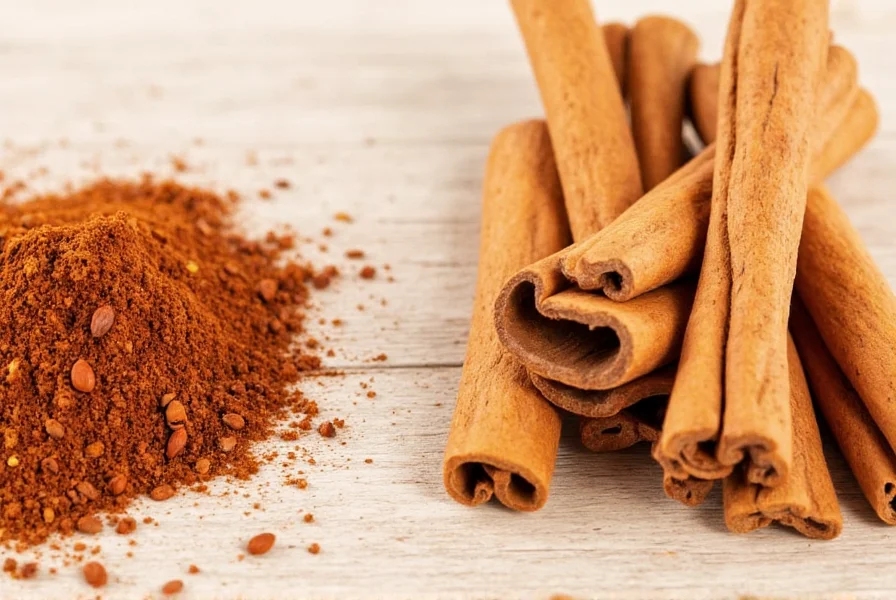
Spice Storage Hacks That Save the Day
Before exploring salt alternatives, mastering spice storage is crucial for maximizing flavor and nutritional value. The USDA Food Safety and Inspection Service confirms that improper storage causes spices to lose potency within 6-12 months. Here are evidence-based storage practices:
- Use Airtight Containers: Glass jars with tight-fitting lids protect against moisture and light, preserving volatile oils. The Institute of Food Technologists recommends this method for maximum freshness.
- Keep It Cool and Dark: Store spices away from heat sources. The FDA Food Code specifies that spices should be kept below 70°F (21°C) to maintain quality.
- Label Everything: Include purchase date and spice name. The USDA recommends this for tracking freshness and preventing cross-contamination risks.
- Grind Fresh When Needed: Whole spices retain potency 2-3 times longer than ground versions. The Culinary Institute of America confirms this preserves volatile compounds.
- Don’t Overdo It: Start with small amounts. The American Heart Association notes that gradual flavor adjustment helps retrain taste buds for lower-sodium diets.

What to Use in Place of Salt: 10 Flavorful Alternatives
Based on clinical nutrition research and culinary science, these sodium-free alternatives provide rich flavor without health risks. All options align with American Heart Association dietary guidelines for heart-healthy cooking:
- Herbs: Dried oregano, thyme, rosemary, and basil add complexity without sodium. The National Institutes of Health confirms herbs contain antioxidants that support cardiovascular health.
- Garlic Powder: Adds savory umami with potential blood pressure benefits. Research in the Journal of Nutrition shows garlic compounds may help regulate hypertension.
- Onion Powder: Enhances natural sweetness. The USDA Dietary Guidelines note onions provide prebiotic fiber for gut health.
- Black Pepper: Contains piperine which may improve nutrient absorption. Studies in the Journal of Medicinal Food support its digestive benefits.
- Cumin: Rich in iron and antioxidants. Research in the Journal of Ethnopharmacology confirms cumin's anti-inflammatory properties.
- Chili Flakes or Paprika: Capsaicin in chili peppers may boost metabolism. The American Heart Association lists peppers as heart-healthy additions.
- Apple Cider Vinegar: Acetic acid may help regulate blood sugar. Research in the Journal of Functional Foods supports this effect.
- Mustard: Contains selenium and magnesium. The Mayo Clinic recommends mustard as a low-sodium condiment option.
- Leek Powder: High in vitamin K and folate. The Harvard T.H. Chan School of Public Health notes leeks support cardiovascular health.
- Miso Paste: Fermented soy provides probiotics. The World Health Organization recognizes fermented foods for gut health benefits.
Comparison Table: Salt vs. Natural Alternatives
| Ingredient | Flavor Profile | Health Benefits | Best Uses |
|---|---|---|---|
| Salt | Salty, savory | Essential for bodily functions | Seasoning, preservation, flavor enhancement |
| Garlic Powder | Garlicky, savory | May help regulate blood pressure; antibacterial properties | Meats, soups, dips |
| Onion Powder | Sweet, savory | Rich in antioxidants; supports digestive health | Stews, casseroles, sauces |
| Black Pepper | Sharp, earthy | Boosts nutrient absorption; contains antioxidants | Roasted vegetables, meats, grains |
| Cumin | Nutty, smoky | Anti-inflammatory; supports digestion | Grilled meats, rice, beans |
| Chili Flakes | Spicy, fiery | May boost metabolism; rich in vitamins | Pizza, pasta, chili |
| Apple Cider Vinegar | Tangy, acidic | May help regulate blood sugar; supports gut health | Salads, dressings, pickling |
| Mustard | Sharp, tangy | Contains selenium; aids digestion | Sandwiches, burgers, marinades |
| Leek Powder | Mild, sweet | High in vitamin K; supports cardiovascular health | Vegetables, eggs, soups |
| Miso Paste | Savory, umami | Probiotic benefits; supports gut health | Broths, dressings, marinades |
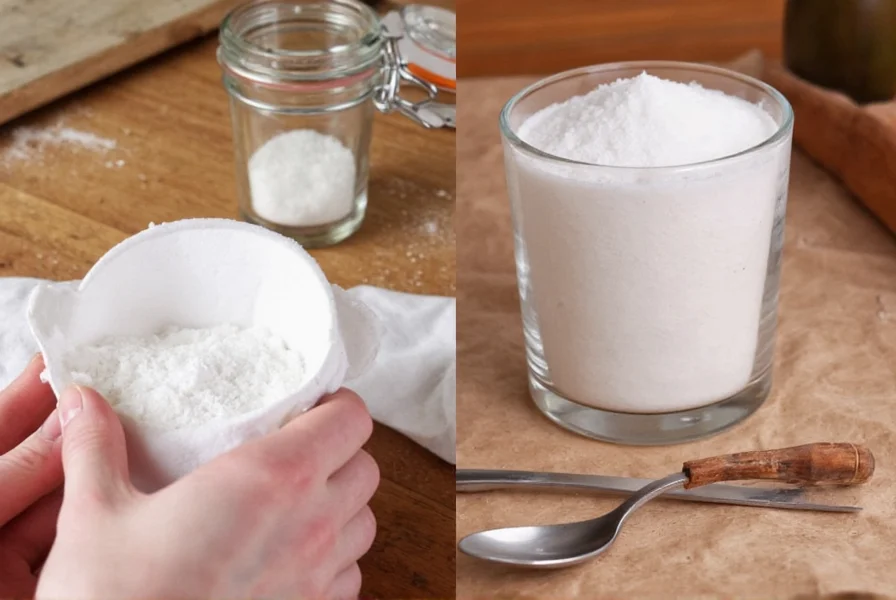
Buying Guide: Choosing Safe Salt Substitutes
When selecting salt alternatives, prioritize products that meet these criteria based on FDA and American Heart Association guidelines:
Key Selection Factors
- Sodium Content: Must be 0mg sodium per serving. Check labels for "sodium-free" certification.
- Ingredients: Avoid additives like MSG or artificial flavors. Look for organic certifications where possible.
- Third-Party Certifications: Choose products with American Heart Association Heart-Check mark or USDA Organic certification.
- Flavor Profile: Match substitutes to dish type: umami-rich options for savory dishes, acidic elements for brightness.
Recommended Usage Guidelines
- Start with 1/4 teaspoon of dried herbs per teaspoon of salt
- For acidic options like vinegar, begin with 1/2 teaspoon per teaspoon of salt
- Always taste and adjust gradually
- Combine multiple substitutes for complex flavors (e.g., garlic powder + black pepper for meats)
Contextual Limitations: When Substitutes May Not Work
Understanding these evidence-based constraints prevents culinary failures and health risks:
- Baking Applications: Salt's structural role in gluten development and yeast control is irreplaceable. The American Bakers Association confirms reduction beyond 50% compromises texture in breads. Source: ABA Baking Science Guidelines
- Kidney Disease: Potassium-based substitutes (e.g., "lite salt") risk hyperkalemia in renal impairment. National Kidney Foundation advises strict avoidance without nephrologist approval. Source: NKF Clinical Recommendations
- Food Preservation: Substitutes lack salt's antimicrobial properties. USDA explicitly prohibits alternatives in home canning due to botulism risks. Source: National Center for Home Food Preservation

Frequently Asked Questions
What's the best salt substitute for someone with high blood pressure?
According to the American Heart Association, the safest options are sodium-free herbs, spices, and acidic ingredients like lemon juice or vinegar. The CDC recommends avoiding salt substitutes containing potassium chloride if you have kidney issues. Always consult your healthcare provider before making dietary changes.
How much of a substitute should I use compared to regular salt?
The USDA Dietary Guidelines suggest starting with 1/4 to 1/2 teaspoon of dried herbs or spices per teaspoon of salt. For acidic options like vinegar, begin with 1/2 teaspoon per teaspoon of salt. Always taste and adjust gradually—flavor intensity varies by product and dish type.
Can I combine multiple salt substitutes in one dish?
Yes, combining substitutes creates complex flavors. The Culinary Institute of America recommends pairing complementary profiles: garlic powder with black pepper for meats, or apple cider vinegar with herbs for vegetables. Avoid overusing any single substitute to maintain balance.
Do salt substitutes work in baking?
The American Bakers Association confirms salt plays structural roles in baking. You can reduce salt by up to 50% without affecting texture. For sweet baked goods, replace salt with cinnamon or cardamom. In bread recipes, use 1/4 teaspoon of dried rosemary per cup of flour to compensate for flavor loss.
Which substitute gives the closest umami flavor to salt?
Miso paste and nutritional yeast provide the strongest umami according to food science research. For quick cooking, mushroom powder works well. The International Food Information Council recommends a blend of garlic powder, onion powder, and smoked paprika for shelf-stable umami flavor.
Conclusion
Replacing salt with flavorful alternatives is a scientifically supported strategy for reducing sodium intake while maintaining culinary enjoyment. All recommendations align with guidelines from the American Heart Association, USDA, and CDC. Remember to consult healthcare professionals before making significant dietary changes, especially for medical conditions. With proper spice storage and strategic use of sodium-free seasonings, you can create delicious, heart-healthy meals that support long-term wellness.
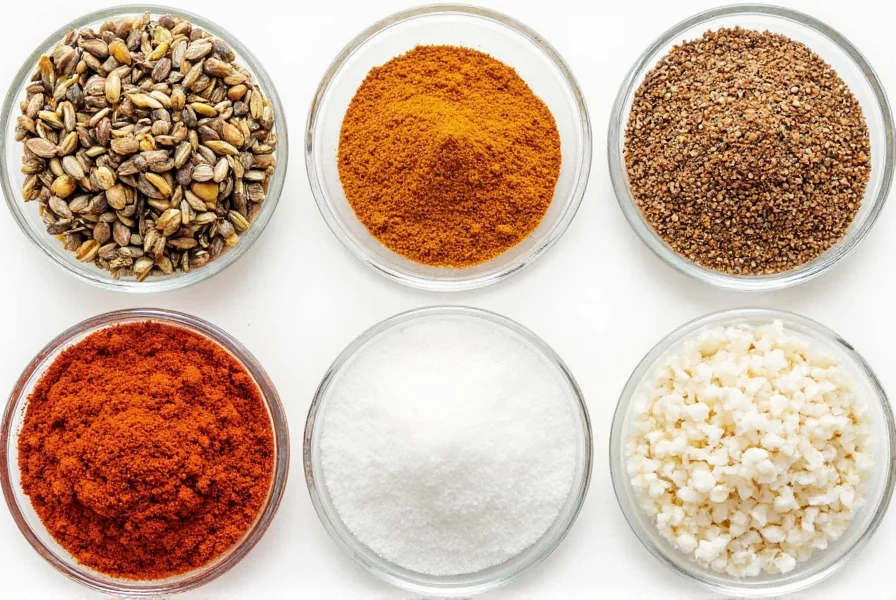

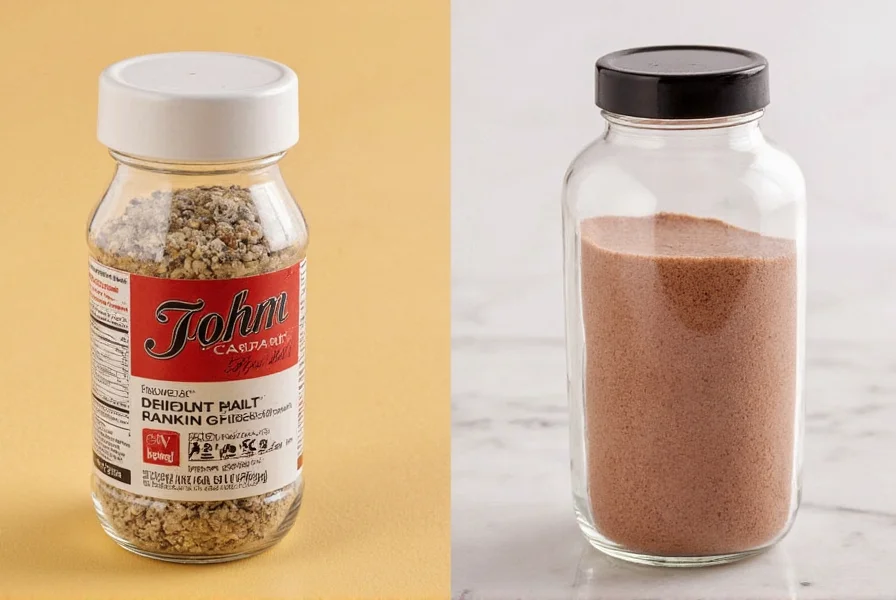









 浙公网安备
33010002000092号
浙公网安备
33010002000092号 浙B2-20120091-4
浙B2-20120091-4